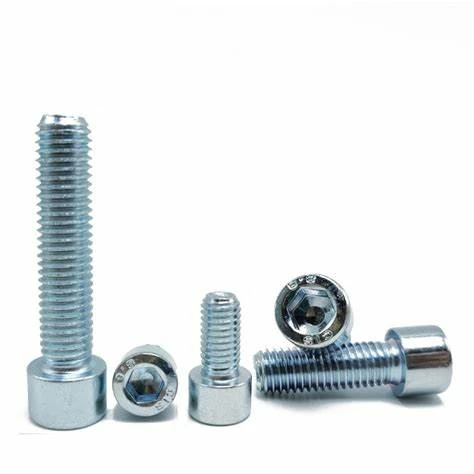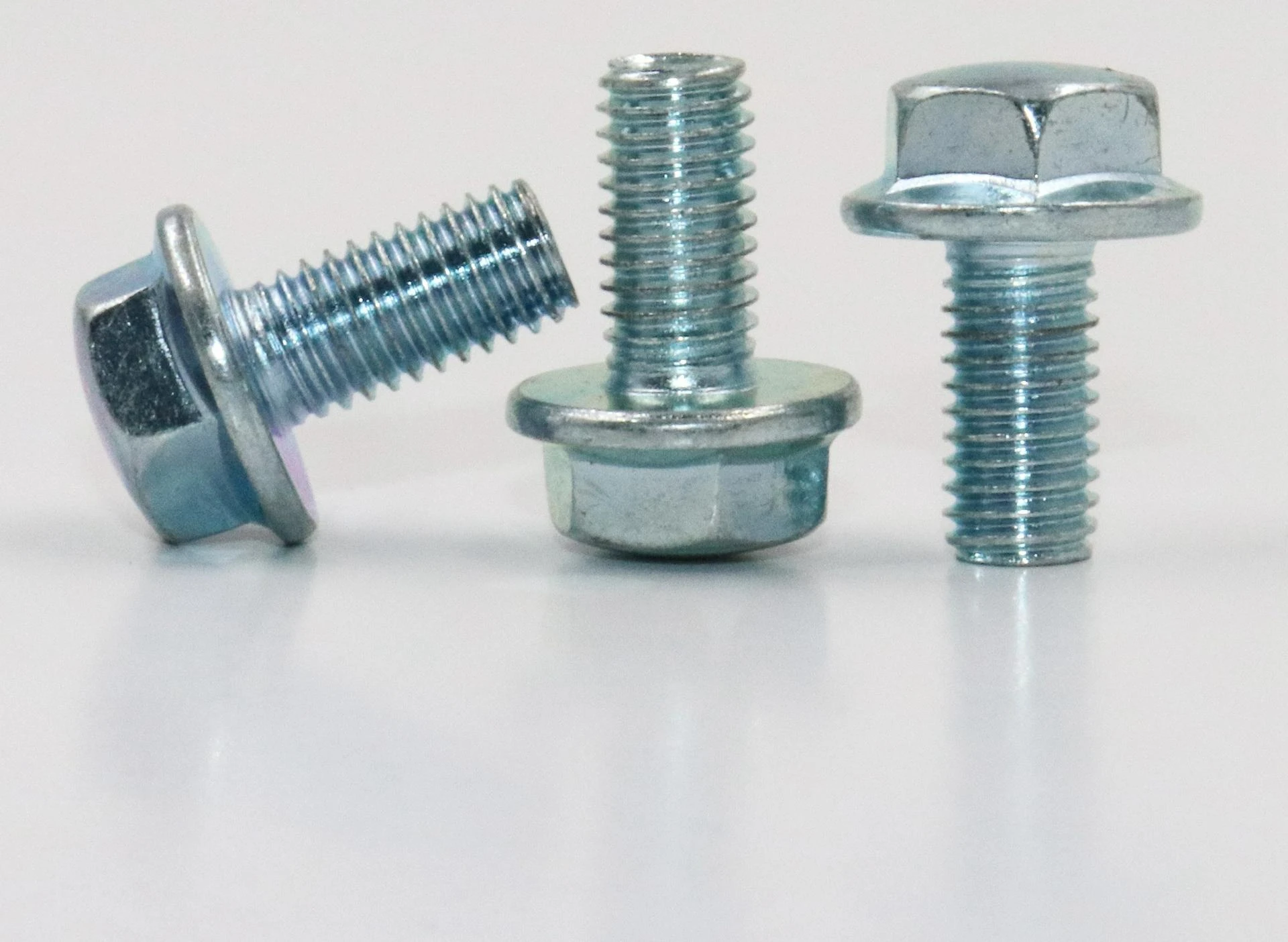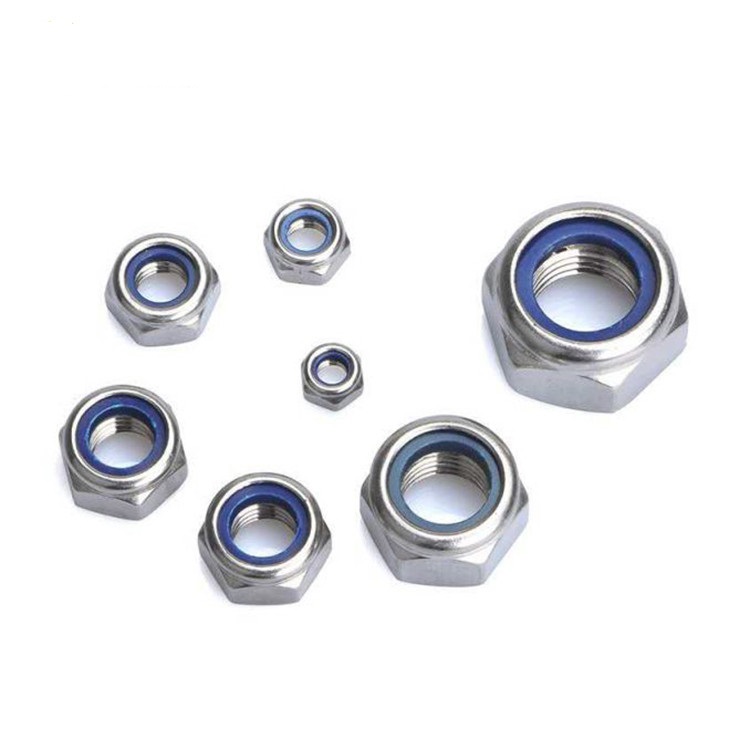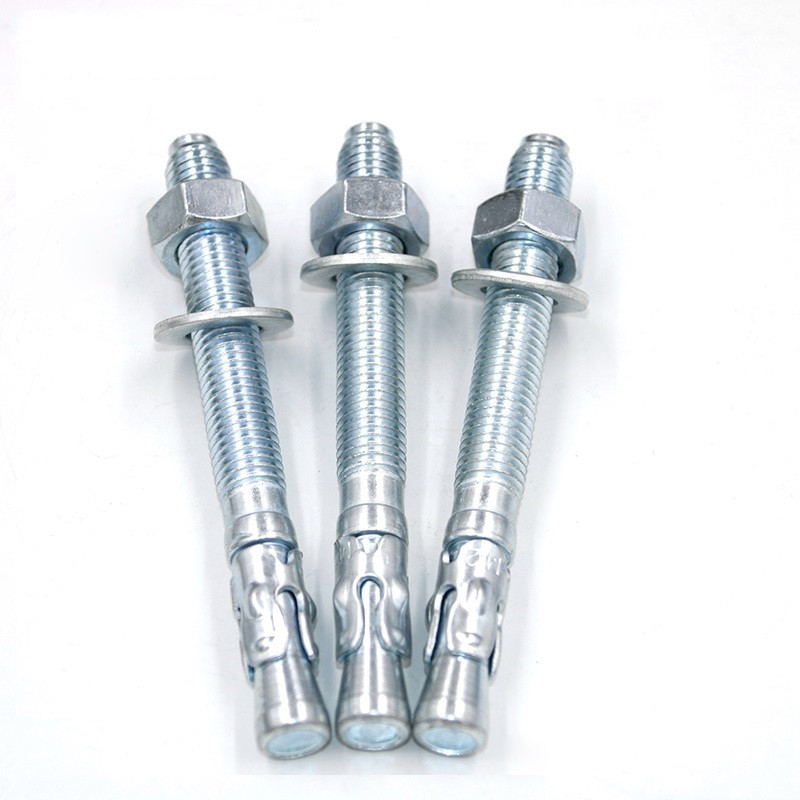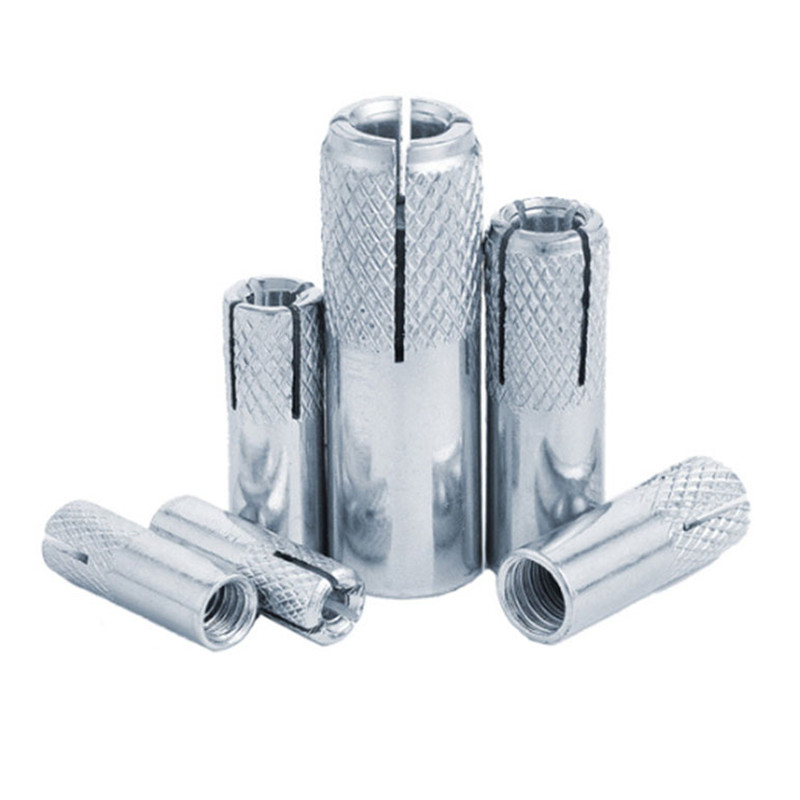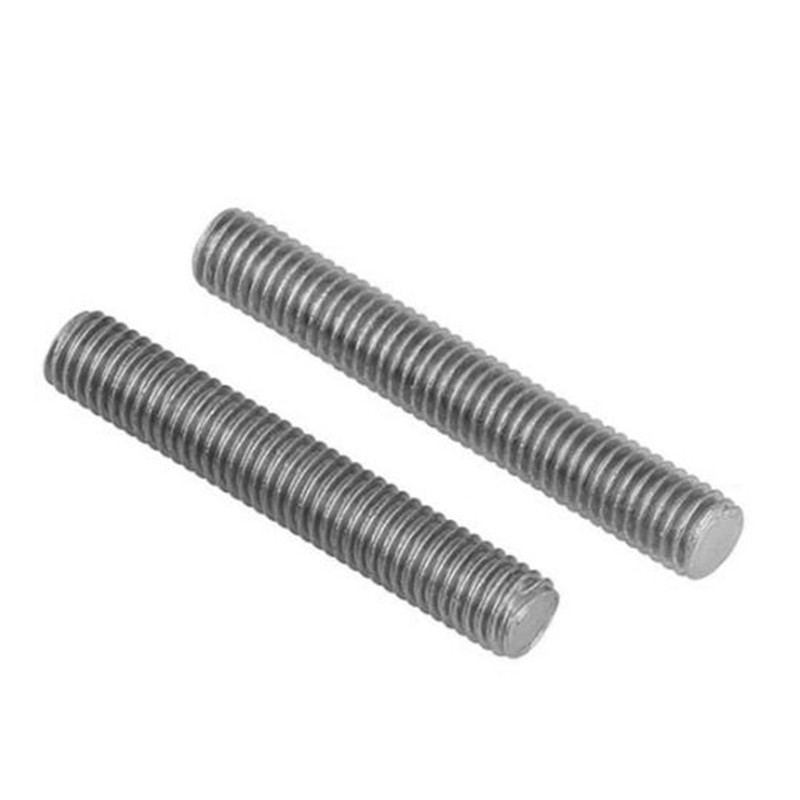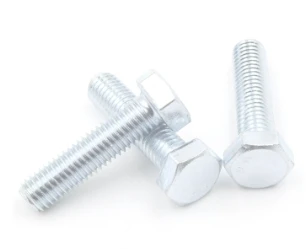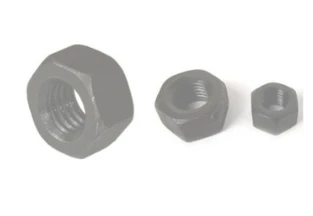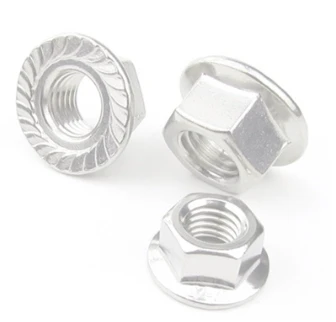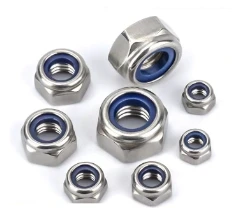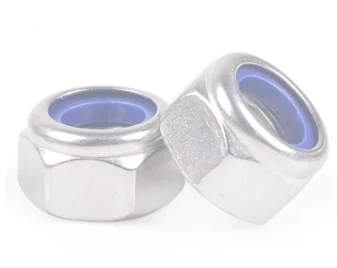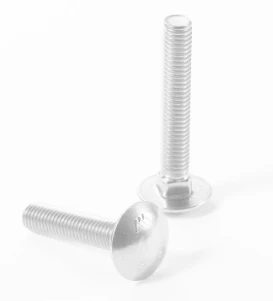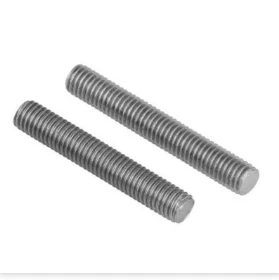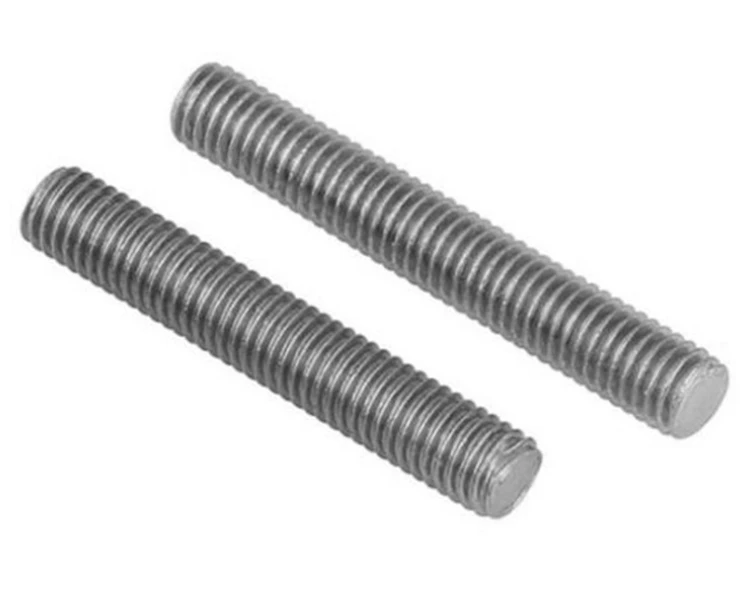The market for zinc plated flat washers is projected to grow at a CAGR of 6.1% (2023–2029, MRFR Report), driven by infrastructure modernization and the expansion of renewable energy projects. Major consumers include:
- Petrochemical processing
- Heavy equipment manufacturers
- Water and sanitation infrastructure
- Automotive assembly
- Construction, especially steel structure integration
In addition, the increasing adoption of eco-friendly, RoHS-compliant platings and tighter adherence to ISO, DIN, and ANSI standards push manufacturers to optimize performance parameters and traceability per part.

| Type | Standard Dimension (ID × OD × Thickness, mm) | Material | Coating | Corrosion Resistance (≥ Salt Spray hrs) | Load Capacity |
|---|---|---|---|---|---|
| DIN125 Flat Washer | 13 × 24 × 2.5 | Carbon Steel / Stainless 304 | Zinc Plated | ≥72 | Medium-Heavy |
| 1/4 x 1-1/4 Fender Washer | 6.35 × 31.75 × 1.65 | Carbon Steel | Zinc Plated | ≥96 | Light-Heavy |
| 3/16 x 1-1/4 Fender Washer | 4.76 × 31.75 × 1.6 | Stainless Steel 304/Carbon Steel | Zinc / Bright Plated | ≥72 | Light-Heavy |
| 3/8 x 1-1/2 Fender Washer | 9.5 × 38.1 × 2 | Carbon / Alloy Steel | Zinc Plated / HDG | ≥120 | Medium-Heavy |
| Zinc Washers (General) | Varies | Zinc, Aluminum | - | ≥72 | Light |
*Note: Load capacity subject to specific application torque, bolt grade, and substrate hardness. Testing per ISO 7089, ASME B18.22.1, and ANSI B18.21.1 recommended.
- Material Selection: Low carbon steel, stainless steel 304, SAE1010/1020—per project requirement
- Blanking & Punching: Precision die stamping with ±0.05mm tolerance
- Deburring: Vibratory deburring ensures smooth edges, reducing galvanic corrosion risk
- CNC Machining: (For close-tolerance) Custom OD/ID to ISO 4759-1 h13-f7
- Zinc Plating: Electroplated per ISO 4042, ASTM B633, passivation and baking for hydrogen embrittlement relief
Conformity to ISO 7089, DIN 125, and ANSI B18.22.1 for external (OD), internal (ID), and thickness standards.
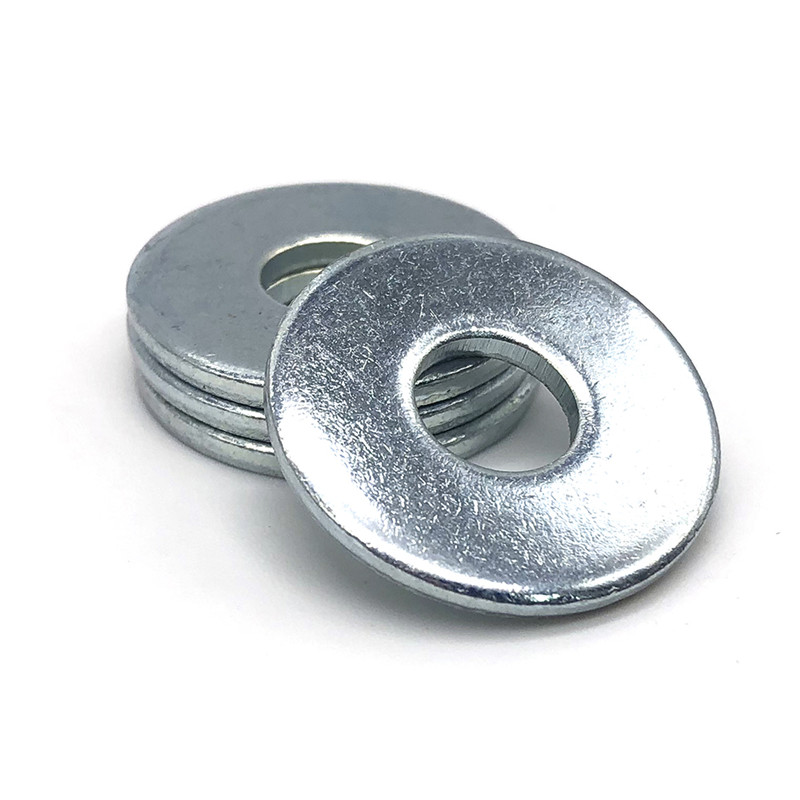
(b) Load Capacity as per Nominal Size (ISO 273)
| Product | ID Range (mm) | OD Range (mm) | Thickness (mm) | Hardness (HV) | Standard Conformance | Typical Industry Use |
|---|---|---|---|---|---|---|
| DIN125 Flat Washer | 2.7 ~ 74.0 | 5.5 ~ 140.0 | 0.5 ~ 10.0 | 100~250 | DIN125/ISO7089/ANSI | Petrochemical, Machinery, Pipework |
| Fender Washer | 3.0 ~ 20.0 | 16.0 ~ 50.0 | 0.8 ~ 2.0 | 90~160 | ASME B18.22.1 | Automotive, Bodywork, Furniture |
- Corrosion Resistance: Uniform zinc coating provides 72–120 hours (ASTM B117) resistance—essential for coastal, outdoor, or humid environments.
- Dimensional Consistency: High-precision stamping (±0.05mm) meets or exceeds DIN125 and ISO 7089 tolerances, essential for automated assembly.
- Mechanical Stability: Proper thickness-to-strength ratio prevents embedding or loss of preload, especially when used with high-strength bolts (Grade 8.8+).
- Versatile Applications: From 1 4 x 1 1 4 fender washer in auto body repairs to 3 8 x 1 1 2 fender washer in heavy machinery, zinc washers are widely adaptable.
- Customizable: Available in various ODs/IDs/thicknesses, per ISO, DIN, or bespoke drawings, with optional passivation or color-coding.
- Certification: Full RoHS, REACH, and ISO 9001 traceability on the zinc plated flat washer.
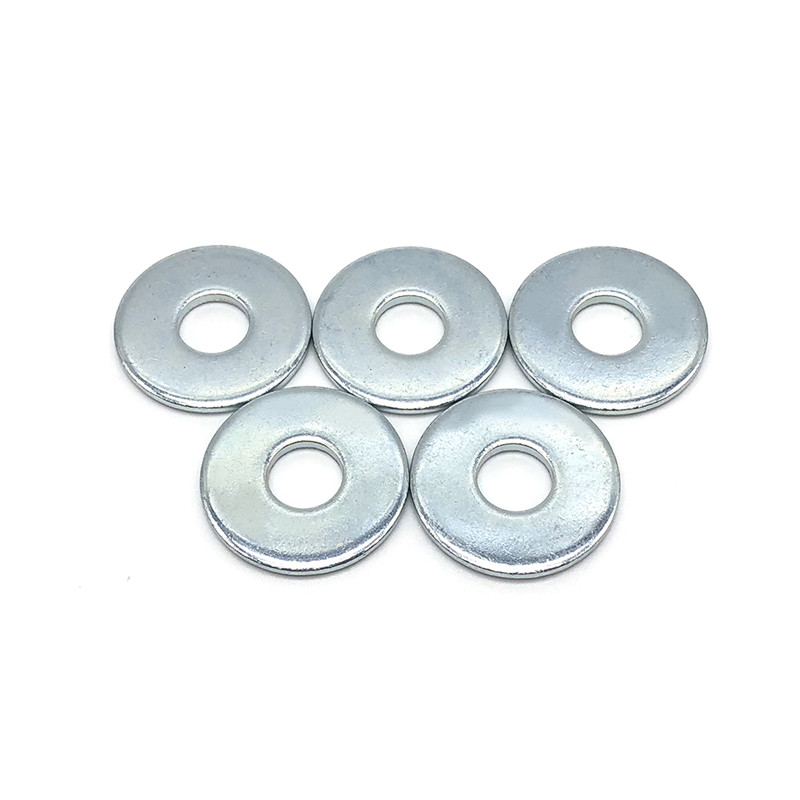
| Supplier | Standard Compliance | Custom Service | Lead Time | Global Clients | Certification |
|---|---|---|---|---|---|
| HBTBLS/ DIN125 | DIN125, ISO7089, ANSI | Yes (Full Range, OEM/ODM) | 3–7 Days (Standard) | CNOOC, Siemens, Tata Steel | ISO9001/ISO14001 |
| BoltDepot (US) | ANSI/ASME B18.22.1 | Partial (Standard Sizes) | 7–10 Days | Domestic | ISO9001 |
| RS Fasteners (UK/EU) | DIN/ISO | Partial (ISO Only) | 5–9 Days | Europe | ISO9001 |
- Advantages with HBTBLS: Industry-leading plating and post-treatment, global logistics, technical documentation, and responsive engineering support for custom zinc plated flat washer requests.
- Foundry Capability: In-house forged, stamped, CNC-finished washers, including 3 16 fender washer and 3 8 x 1 1 2 fender washer series—traceable to material lot, test certificate included.
- Engineering Support: Provide engineering consultation, CAD drawing/3D model matching for project-specific fastener assemblies.
- Prototype Sample: Standard sample in 2–3 days; custom sample in 5–10 days—full dimensional/test report.
- Mass Production: Lean batch production, traceable by barcode/SN, full inspection (ISO 3269).
- Delivery: Lead time: 3–7 days for standard SKUs; 10–18 days for custom washers (including QC docs, SGS or TÜV test on request).
- After-sales Guarantee: 12–24 months warranty; 100% replacement for any specification/quality non-conformity.
- Chemical Industry: DIN125 zinc plated flat washers used under pump base anchor bolts extend inspection intervals from 9 to 30 months (source: Petrobras Maintenance, 2023).
- Metallurgy: 3 8 x 1 1 2 fender washer protects zinc-coated galvanized beams in steel structure assembly, eliminating early surface rust.
- Infrastructure: 3 16 fender washer/fender types used in railway signal equipment mounting—prevents fastener pull-through on composite panels, per EN 1090.
- Water Utility: Wide OD zinc washers distribute load, minimizing fitting failure in HDPE pipe installations (see Japan Water Works Assoc.).
– Site Engineer, PANYU Dredging Project (2021)
- Lead Time: 3–7 working days (stock); 10–18 days (custom).
- Warranty: 1–2 years, full traceability from batch certificate to site delivery.
- Customer Support: 24/7 technical hotline, rapid CAD/3D support, free installation advice.
- Quality Assurance: 100% factory tested, test report/COC supplied with every shipment. All zinc plated flat washer orders backed by global liability coverage.
- Certifications: ISO9001 / ISO14001 / RoHS / Material traceability certificate available.
- “Flat Washers: Selection and Application in Structural Fastening,” Fastener Technology International, Vol.38-3, 2024. fastenertech.com/magazine-issues
- “Anti-corrosion behavior of zinc-coated fastener systems,” Journal of Materials in Civil Engineering, DOI:10.1061/(ASCE)MT.1943-5533.0004064 ascelibrary.org
- “Optimization of Flat Washer Standards for High Load Applications,” Engineering Toolbox Forum, 2023 engineeringtoolbox.com/washers
Post time: Aug . 03, 2025 12:20


